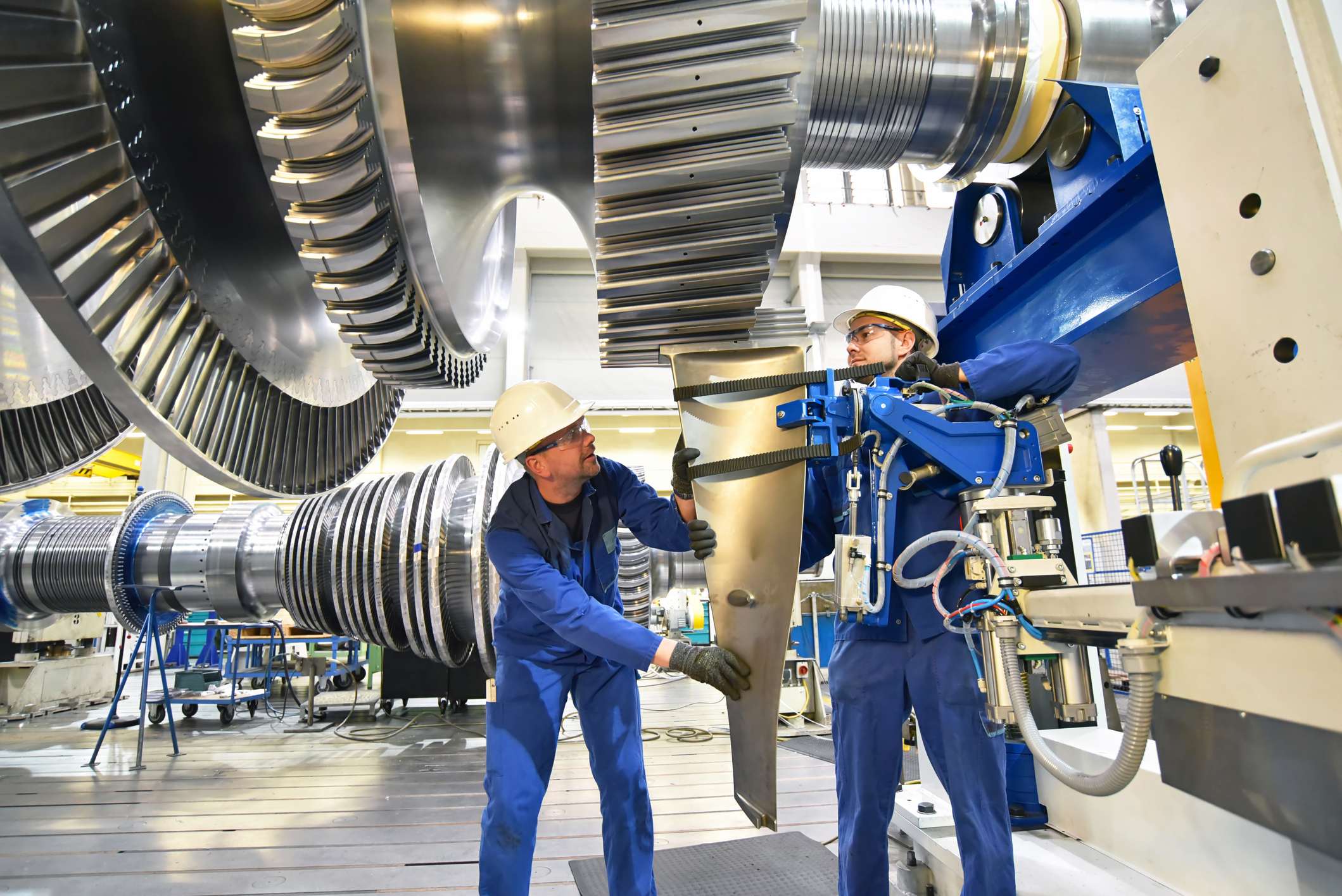Industrial machinery installation is a critical process that demands precision and expertise. Mistakes during this phase can lead to costly downtime, reduced productivity, and safety hazards. Below, we highlight ten common mistakes and practical ways to prevent them.
Neglecting Pre-Installation Planning
Lack of planning is a frequent oversight in industrial machinery installation. Failure to consider factors like site preparation, equipment specifications, and space allocation can result in delays and complications.
How to Avoid:
- Conduct a thorough site assessment.
- Prepare detailed installation plans, including measurements and layout diagrams.
- Coordinate with all relevant departments to ensure readiness.
Improper Foundation Preparation
Industrial machines often require sturdy and level foundations. Neglecting this aspect can lead to misalignment, vibration issues, and premature equipment wear.
How to Avoid:
- Verify foundation specifications with the equipment manufacturer.
- Use proper leveling tools during the preparation phase.
- Allow sufficient curing time for concrete foundations before installation.
Failure to Follow Manufacturer Guidelines
Ignoring the manufacturer’s instructions is a common mistake that can compromise equipment performance and warranty coverage.
How to Avoid:
- Carefully review the installation manual before starting.
- Use recommended tools and techniques for assembly.
- Adhere to torque and alignment specifications.
Inadequate Alignment of Machinery
Misalignment during installation can result in operational inefficiencies, increased wear and tear, and safety risks.
How to Avoid:
- Use precision alignment tools like laser alignment systems.
- Perform alignment checks throughout the process.
- Test the machine after installation to confirm correct alignment.
Improper Handling of Equipment
Improper handling, such as using the wrong lifting tools or techniques, can damage equipment and pose safety hazards.
How to Avoid:
- Train personnel in proper lifting and handling techniques.
- Use cranes, hoists, or forklifts suited to the equipment’s weight and dimensions.
- Inspect lifting tools for defects before use.
Ignoring Electrical and Wiring Requirements
Failing to comply with electrical codes or improperly wiring machinery can lead to malfunctions and pose a fire hazard.
How to Avoid:
- Consult a licensed electrician familiar with industrial machinery installation.
- Verify voltage, phase, and grounding requirements.
- Label wires clearly for ease of troubleshooting.
Skipping Equipment Testing Post-Installation
Omitting testing phases after installation can result in undetected issues that may lead to operational failures.
How to Avoid:
- Conduct comprehensive performance tests before commissioning.
- Check for abnormal noises, vibrations, or performance inconsistencies.
- Address any issues identified during testing immediately.
Neglecting Safety Measures
Safety is paramount during industrial machinery installation. Ignoring safety protocols can endanger workers and result in severe accidents.
How to Avoid:
- Provide personal protective equipment (PPE) to all workers.
- Ensure proper lockout/tagout procedures are followed.
- Establish clear communication and safety protocols during installation.
Underestimating the Importance of Training
Insufficient training for operators and maintenance staff can lead to improper usage, resulting in frequent breakdowns and safety risks.
How to Avoid:
- Arrange training sessions for employees on the equipment’s operation and maintenance.
- Provide user manuals and troubleshooting guides.
- Conduct periodic refresher training to reinforce knowledge.
Overlooking Regular Maintenance Setup
Failing to establish a maintenance plan during installation can lead to prolonged downtimes and unexpected failures.
How to Avoid:
- Develop a maintenance schedule based on the manufacturer’s recommendations.
- Keep spare parts and tools readily available.
- Assign specific personnel to oversee routine checks and maintenance tasks.
Conclusion
Avoiding these common mistakes in industrial machinery installation ensures seamless operations, enhanced safety, and prolonged equipment lifespan. By adhering to proper planning, alignment, safety measures, and testing protocols, businesses can achieve efficient installations while minimizing risks and costs.
Here, you can read more Articles
